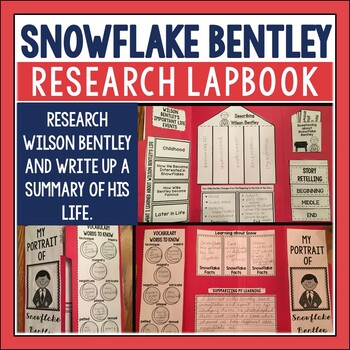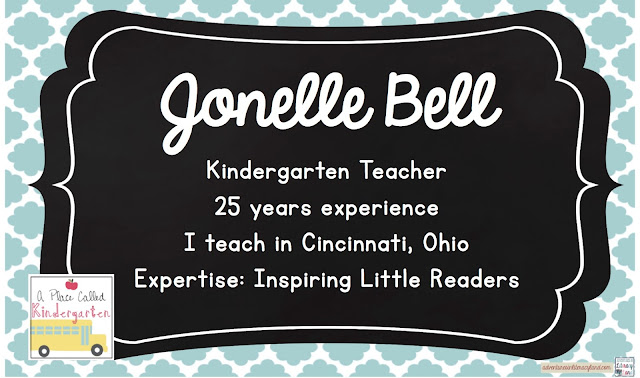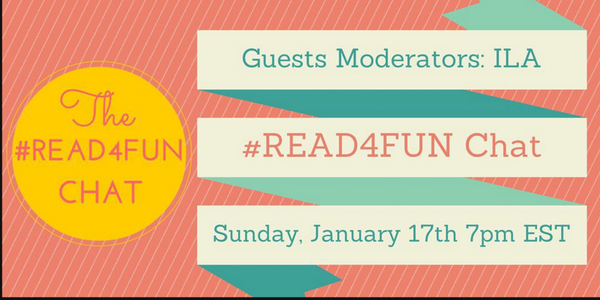I began teaching in third grade reading, and I was there for two years. This is now my 10th year in kindergarten, and while that first year was quite an adjustment, I am loving it! Our building serves all the preschool and kindergarten children in our district. Last year, I had the opportunity to have a "high ability cluster" in my classroom and meet the needs of our building's highest students.
At the beginning of my career, we had a phenomenal technology teacher in our building. She was excited to teach me about the different technology available to our students. I was lucky to work with her a couple years before she moved to a different building. Since then, I have been excited to explore new technology and connect with others to learn new ways to make learning more engaging for my students. I, by no means, feel like an "expert" as I am always learning something, but this is something I enjoy doing and see many benefits for my students.
I am very fortunate to have access to technology in my classroom and building. My building has a computer lab of 25 computers as well as iPads in every classroom. We use iReady as a computerized assessment tool in our district. We also have subscriptions to Raz-Kids, which my students use in our classroom during reading centers.
I love reading and learning about new apps that will benefit my students. One of our favorites is Book Creator. If you have not used this app, try out the free version. It allows you to write one book to try it out. My students, in kindergarten, are able to use the app relatively independently at this point in the year. Their biggest struggle is formatting and making everything (text) look the same. Books can then be published in the iBook store. Here is our latest book about letter sounds. We choose to publish all of our books free, and a technology integration teacher in our district takes care of doing this for all of us. He tells me it is very easy to set up an account for publishing.
At this point, I realized that we have only focused on nonfiction writing using Book Creator. I have a couple kids who I know would love to write a story on here, so we might have to break this app out during our writing time for them to write their own stories.
Another app we love is ChatterPix. I've used this one with nonfiction text the most. Students can record up to 30 seconds of speaking and make the photo "talk". Students love talking about their topic using this app. A different way we used it was to interview staff members at the beginning of the year and take their photos. Students then shared information about each staff member interviewed through the ChatterPix app.
 |
| Interviewing one of our staff members. |
Pic Collage is a great way for them to organize their thinking. We used this to create an "All About Me" collage at the beginning of the year. The kids took a selfie then used the app's search tool to find pictures that showed things they like. This was a great intro to technology at the beginning of the year.
Last year on a snow day, I sent a message via Remind and e-mail telling students to look for 2 or more things in their house that rhyme. They brought these items for show and tell the next day then used Pic Collage to take photos of their items and label them.
 |
| Working a collage this year. |
Some apps we love to practice literacy skills include:
- Hideout: works on word families
- PeaPod Apps alphabet apps are great for theme vocabulary
- Grasshopper Apps : I like these because you can easily customize them to work on skills your students need.
- Sight Word Ninja: great for practicing sight words
- Endless Alphabet: another good one for vocabulary
We were fortunate to have author/illustrator Todd Parr visit our school this year. It was an awesome experience for our kiddos (and teachers/community). My students loved all his books, but we chose to write our own book about feelings. We used KidPix computer software to write a feelings sentence and illustrate in Todd Parr's style. I then e-mailed these saved pictures to myself to get them on the iPad and we turned them into a book using Book Creator. The pictures were also printed and displayed at our local library, where Mr. Parr presented that evening for the community.
 |
| As you can see, I wrote their ideas out on a white board for them to copy as they typed. Because we were publishing it, spelling needed to be correct. |
I hope this post gave you an idea or two about incorporating technology to help with literacy skills. I'm looking forward to sharing more with you throughout the year!












































